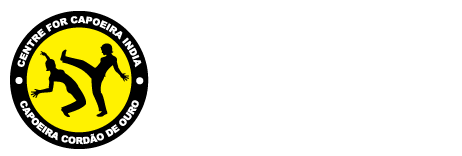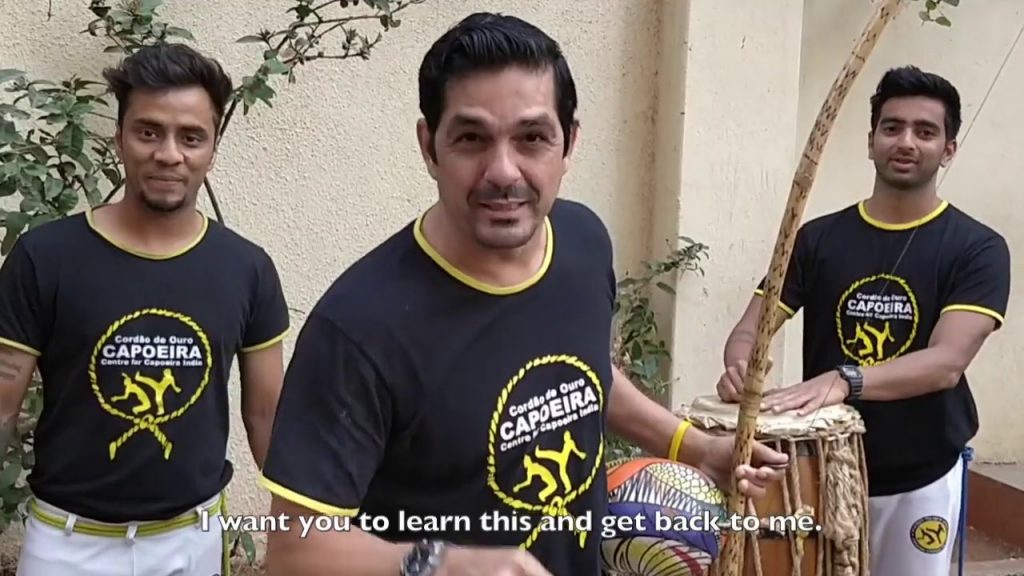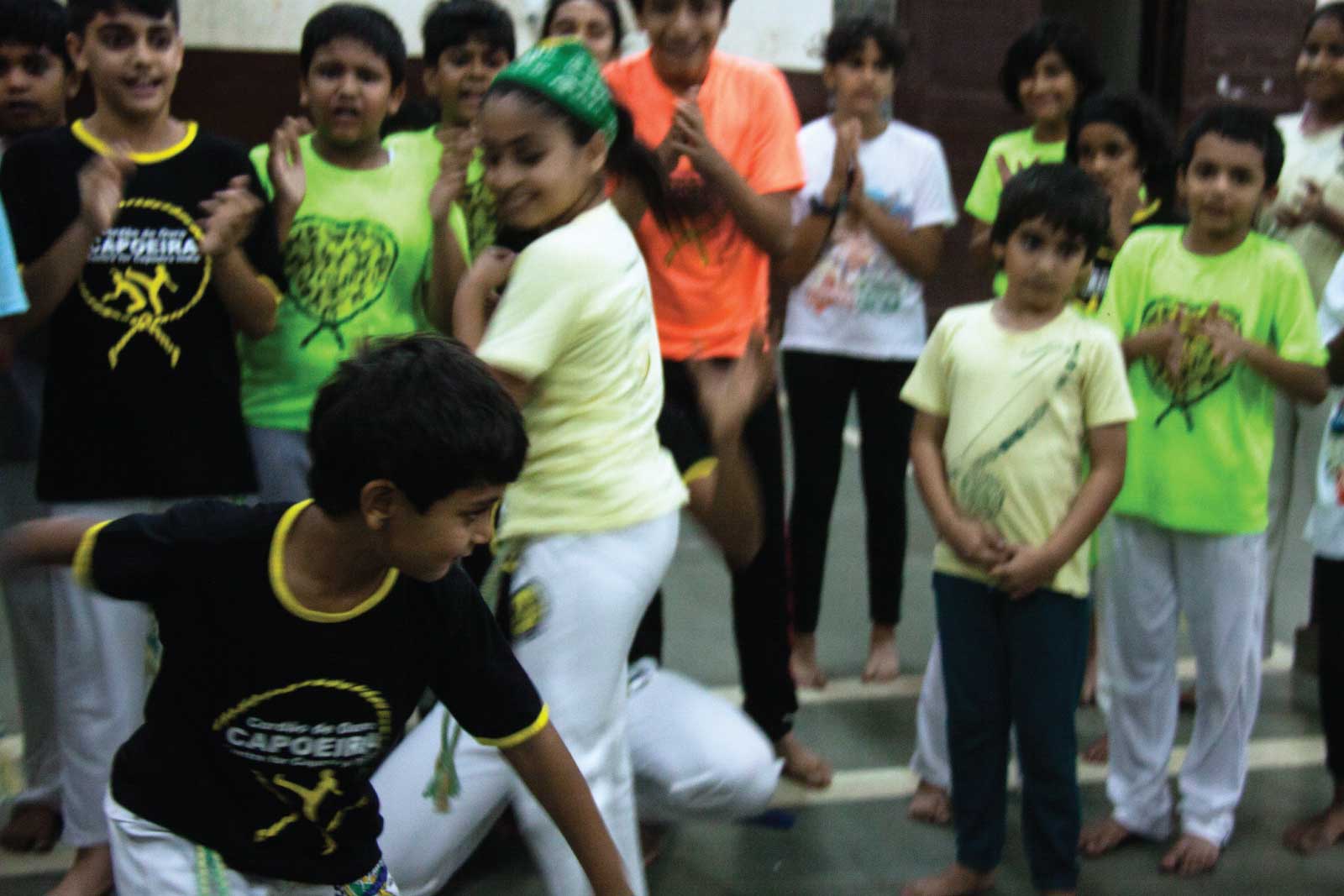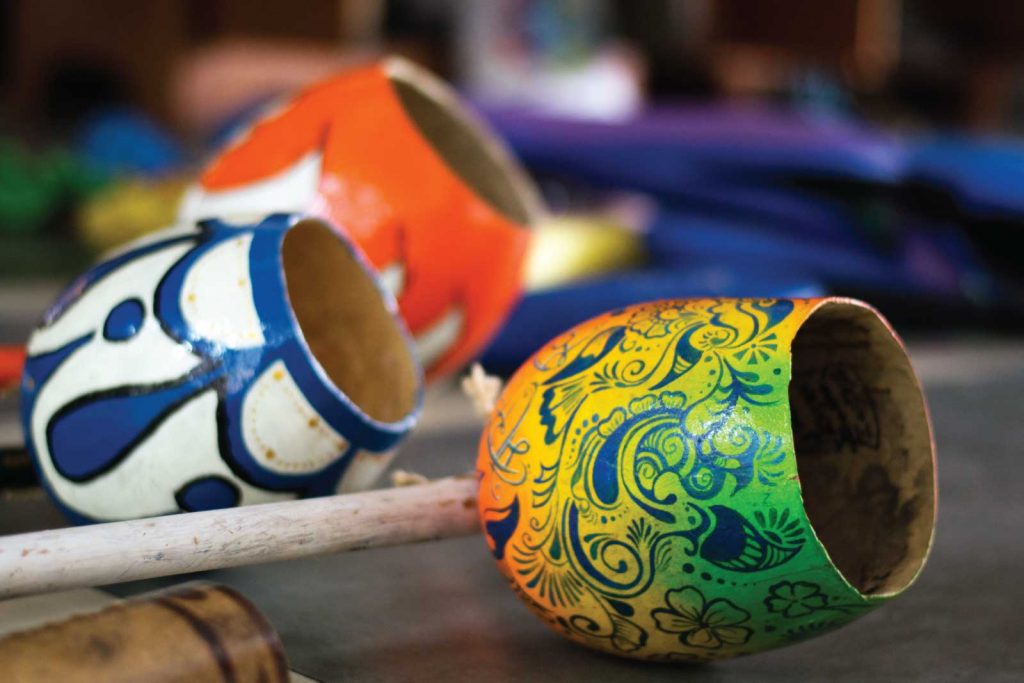Capoeira is one of the most holistic art forms in the world. It combines martial arts and acrobatic movements along with rhythm, balance, cardio movements, flow and intense physical training to condition every part of of your body. But capoeira is not just about the physicality. Capoeira is also about language. And music. And instruments. And friendships. And a camaradagem – camaraderie. Capoeira is also about theatre and performance art. Most importantly, capoeira is about soul. And nowhere is capoeira’s soul more in evidence than in its dances.
Capoeira originated from the combat-style games African slaves brought with them to Brazil. And because of the circumstances when they played capoeira originally, it was in fact disguised as dance, leading to the dance elements prevalent in capoeira today. And many of the original dance moves evolved into their own, individual dance forms.
Samba is obviously the most famous of all the dance forms originated from capoeira. But there are also others. Like Puxada de rede, a combination of dance and folk theatre, retelling stories of fishing communities and the Orixas they pray to. And like the topic of our post today, the Maculelê.
Originally an indigenous fighting style – derived from war dances, Maculelê used to be practised with two machetes or sticks for a less intense experience. Over time, Maculelê has evolved into a dance form propagating folklore, driven by the beat of the atabaque. The Maculelê is also an integral part of most batizado events in capoeira events around the world.
There are many (apocryphal) stories about the origins of Maculelê. Our favourite one is about the West African village embroiled in conflict. All the warriors from the village were called at the battlefront, when the village was suddenly attacked by an invading army. With all able-bodied warriors away at war, a young boy picked up two sticks, inspiring the villagers to rise up in defence. His bravery has now become one of the legends in Maculelê, represented in the dance form whenever performed.
Last year, we had Professor Well visiting us from Moscow and one of his workshops was an entire class dedicated to Maculelê, which you can watch below to sample a little bit of the energy of Maculelê.
And Maculelê derives most of its energy from the heavy bass of the atabaque. And if you want to learn to play the Maculelê beat on the atabaque, here is our Instructor Capitão to the rescue as always.





